The Humble Hero of Natural Dyeing: Walnut Hull
From ancient hair dyes to eco-conscious fashion statements, the walnut hull's journey is a brown-hued thread running through textile history.
TL;DR: Walnut hull isn't just nature's brown dye—it's a medicinal, sustainable, and historically significant textile treatment that creates beautiful colors while protecting fabrics and supporting eco-friendly fashion.
What's Brown, Earthy, and Smells Like Autumn? 🍂
We first fell in love with walnut dye when we created our Dark Oak Shirt, dyed using organic walnut hulls grown in Turkey. It was the beginning of something timeless. That deep, earthy tone? It's not just beautiful—it smells like the forest after rain. And our customers noticed. They loved that it didn't just look natural; it felt it.

But walnut's story goes far beyond our fabric.
The Dye of Empires and Everyday Folk 👑
Long before petrochemical dyes existed, people turned to the walnut tree—specifically the hull, the outer green shell—for rich browns, earthy blacks, and even a dash of mysticism. The ancient Romans used it to dye both cloth and hair. Caesar's ladies, in fact, may have been some of the first brunettes-by-choice, boiling walnut husks to darken their greying strands.
Romans used walnut hulls to dye cloth and hair. Caesar's ladies were among the first to choose brunette locks using walnut dye.
Guild dyers used walnut and iron to create "true black" dye—one of the hardest shades to achieve.
When synthetic dyes were scarce in the South, uniforms took on a "butternut brown" hue thanks to backyard walnut dye batches.
And then there's folklore: In Italy, it was whispered that witches danced under walnut trees in Benevento. Sit beneath a walnut long enough, and you might get "cursed" with juglone stains—a brown dye dropped from above
The Medicinal Power of the Hull 🌿
Walnut dye doesn't just color—it cleanses. Traditional healers around the world recognized black walnut hull (Juglans nigra) as a powerful antifungal and antiparasitic agent. From Native American poultices to Appalachian "Bible ink" tinctures, walnut hulls were used to treat everything from athlete's foot to intestinal worms.
Modern science backs it up: juglone, a potent quinone found in walnut hulls, has antimicrobial, antifungal, and even antiviral activity. Herbalists still use it in parasite cleanse formulas. And while we don't recommend sipping walnut dye baths, we can say with confidence: this humble tree is no one-trick pony.
Walnut as a Textile Workhorse 💪
Here's where things get interesting for natural dyers: Walnut is what we call a "substantive" dye—it doesn't need a mordant. That means it sticks to fabric naturally, thanks to its high tannin content. This makes it perfect for dyeing cotton, linen, wool, and even silk. Whether you want a warm latte tone or a near-black brown (just add a rusty nail), walnut gets the job done.
And it's more than just pretty. Wool dyed with walnut is known to resist moths. In fact, 19th-century households would hang walnut-dyed blankets to repel insects—long before cedar chests took the spotlight. It's beautiful, functional, and yes, it even protects your closet.
From Waste to Wonder: The Sustainability Factor ♻️
Here's where walnut dye gets even better: it's often a waste product. Nut processors discard thousands of tons of walnut hulls every year. But instead of rotting on the ground, these hulls can be upcycled into safe, natural textile dyes. It's a literal waste-to-value process—one that aligns perfectly with AIZOME's zero-synthetic, medicinal-dye approach.
Even our Dark Oak Shirt carries this ethos: dyed using hulls grown organically in Turkey, it retains the smell of the earth. No lab-made "fresh scent." Just nature, as it was meant to be.

Modern Uses: From Ink to Anti-Pesticide 🖋️
Did you know that walnut ink may have been used by Leonardo da Vinci? It's archival, naturally resistant to fading, and has a lovely sepia tone. Resistance fighters in WWII are rumored to have used it for secret messages, invisible until soaked in iodine.
In more recent years, ground walnut shells have become a physical exfoliant in skincare, an abrasive in industrial cleaning, and even a component of eco-friendly water filtration systems. Meanwhile, researchers have tested walnut dye as a natural antibacterial finish for cotton—a promising innovation in sustainable fashion.
What You Can Do: Try Natural Dyeing
Ready to experience the magic of walnut dyeing? Here are simple ways to get started:
- 🌰 Collect fresh walnut hulls in autumn when they're green and juicy
- 🧪 Experiment with different fabric types—cotton, linen, and wool all take walnut dye beautifully
- ⚖️ Add iron (like an old rusty nail) to deepen the brown toward black
- 🌿 Remember: no mordant needed—walnut is naturally substantive
- 🏠 Use walnut-dyed fabrics as natural moth repellent in your closet
A Quiet Revolution in Brown 🤎
In a world obsessed with colorfastness and neon shades, walnut dye is the grounding force. It doesn't shout. It hums. It connects us to a lineage of dyers, healers, and craftspeople stretching across continents and centuries.
Brown might not be royal purple or rebellious indigo. But it's the color of monks' robes, of Civil War quilts, of soil and bark and roots. It's the color of lived-in clothes and lived-in lives.
"You don't need a lab to create beautiful things. Sometimes, you just need a tree and a little time."
Why It Matters (Now More Than Ever) 🌍
At AIZOME, we believe every color tells a story—and every dye should do more than just look good. Walnut fits that vision. It's a dye that nourishes skin, respects the planet, and resonates with our values of simplicity, health, and legacy.
As we work toward cleaner textiles, walnut hull remains one of our favorite ingredients—not just because it's functional, but because it's foundational.

P.S. Ready to try it yourself? Our Dark Oak Shirt is still a fan favorite. No dyes. Just walnut hull, earth, and intention.

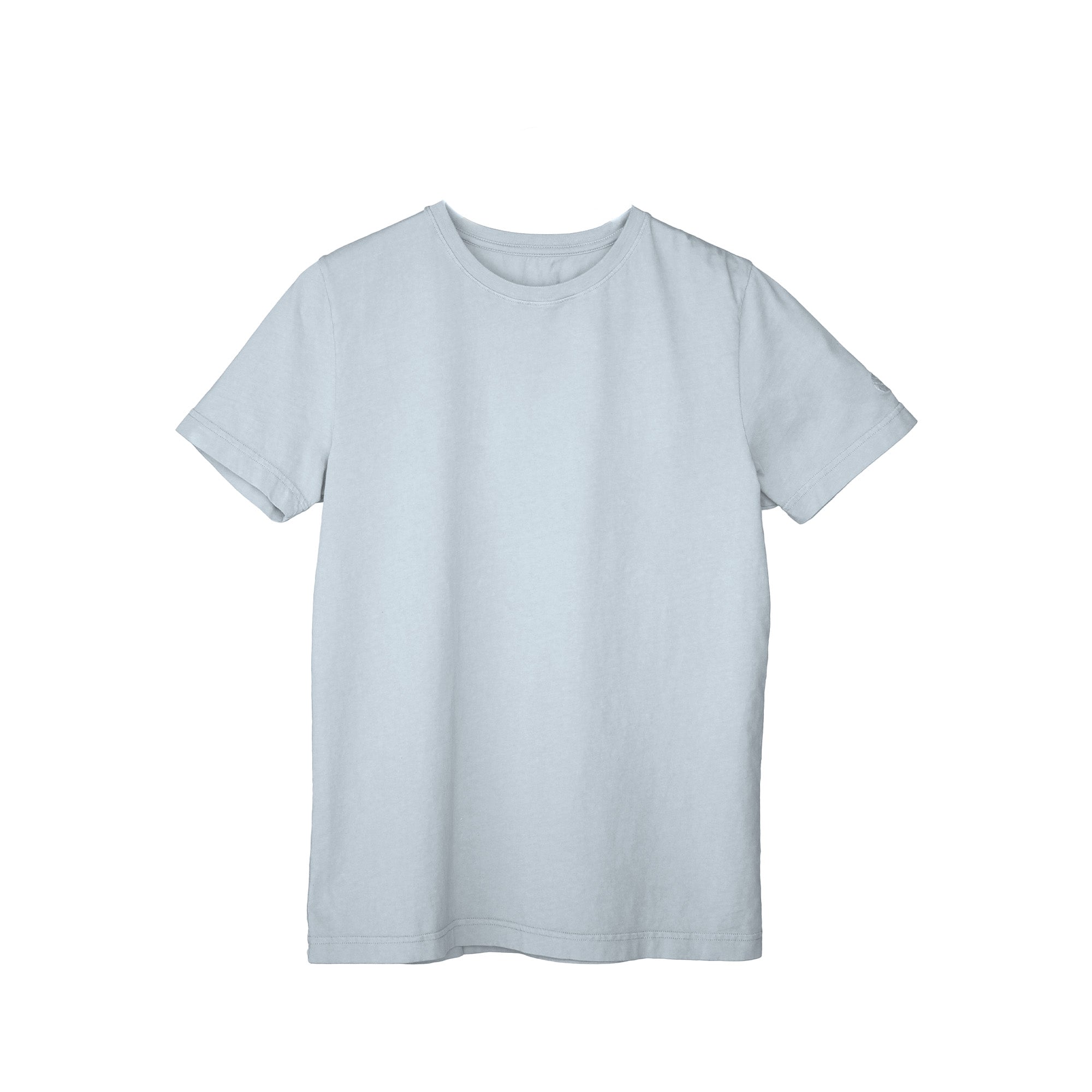

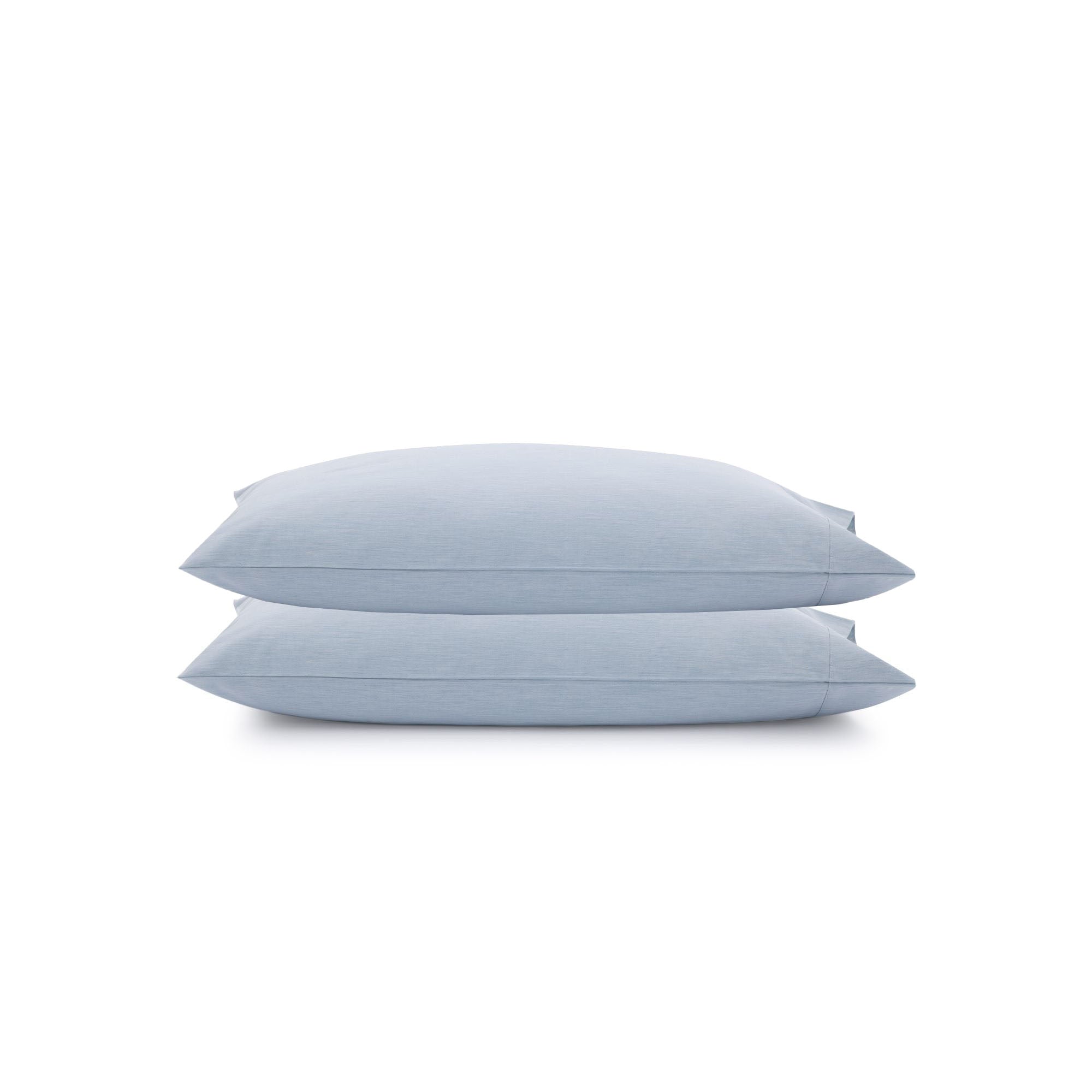
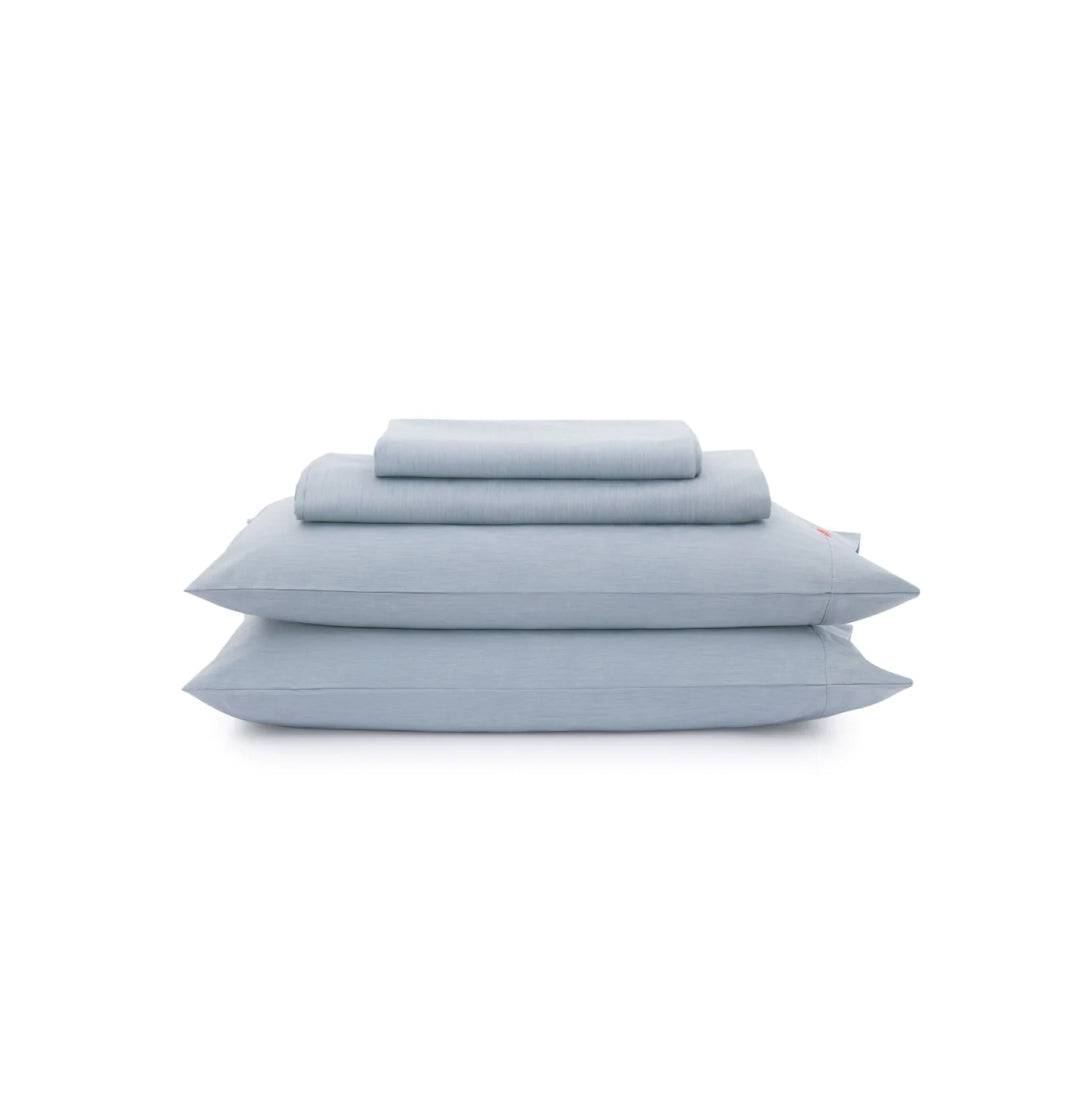
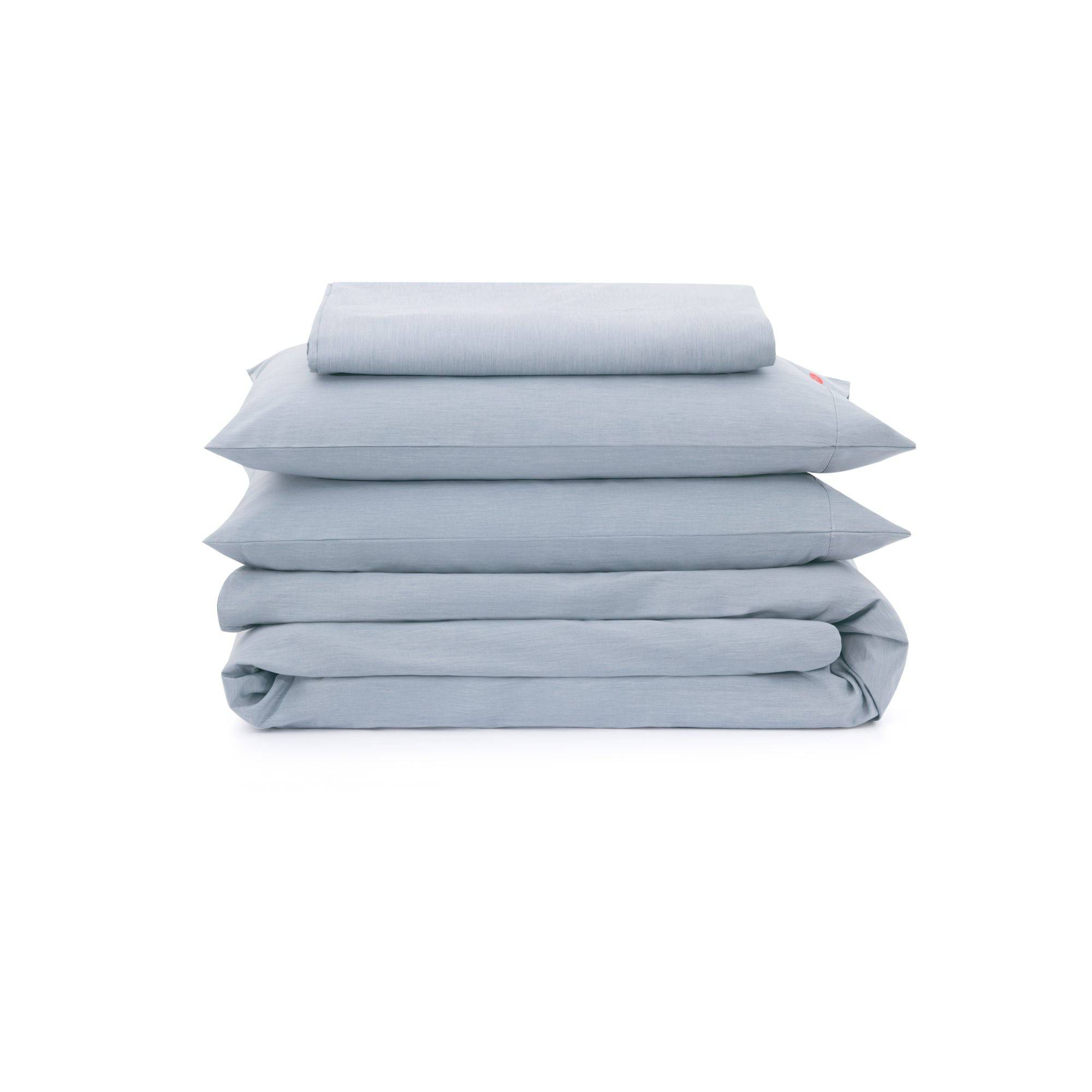
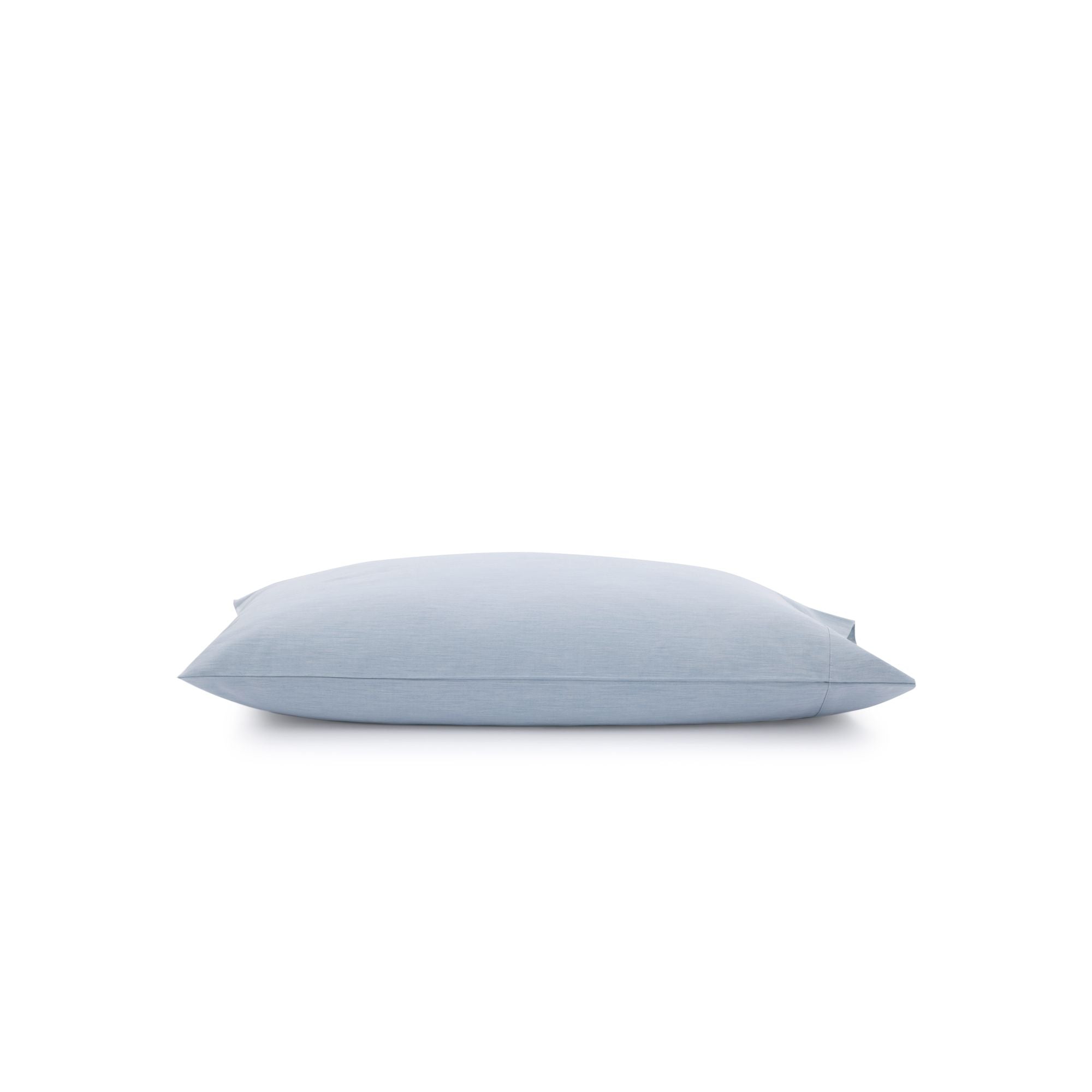
 Bedding
Bedding
 Clothing & Accessories
Clothing & Accessories
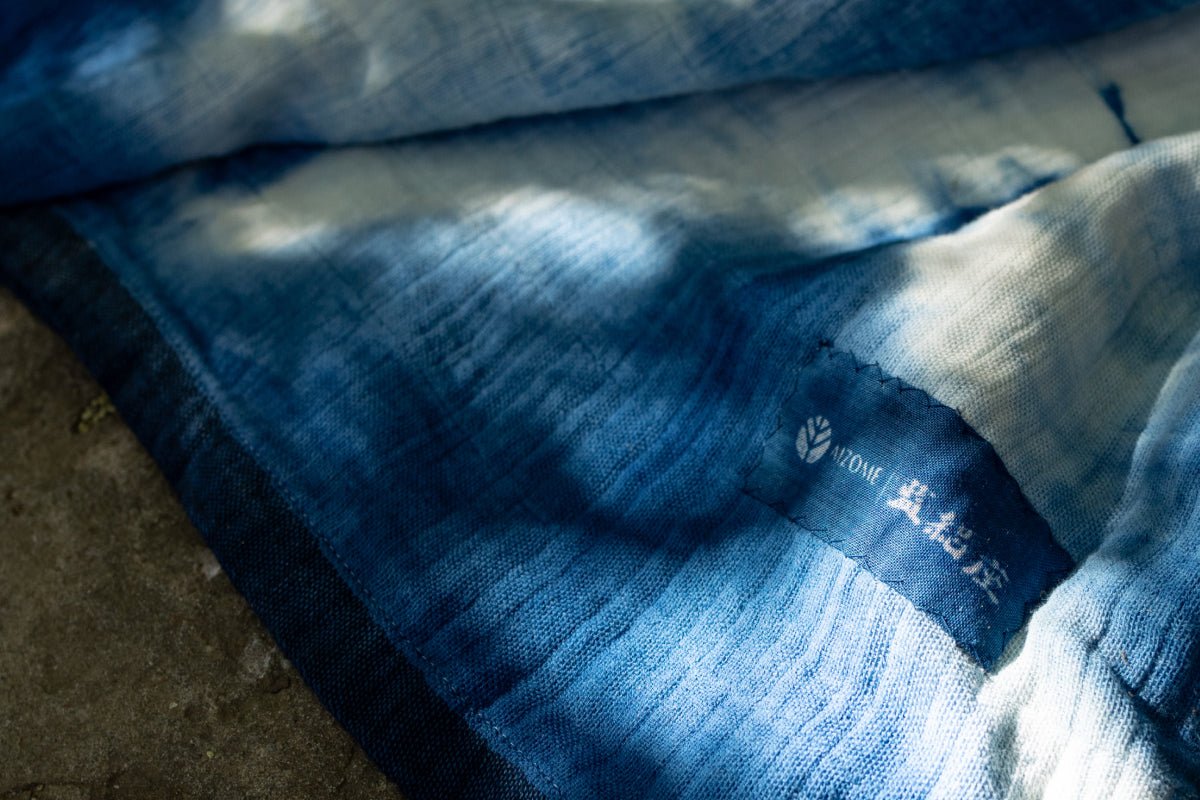 Artisan Line
Artisan Line




1 comment
Jess B.
Fascinating read. I had no idea walnut hulls carried such a rich history and the fact that it’s both a medicinal powerhouse and a sustainable, substantive dye is incredible.
It’s amazing how something once considered waste can become such a vital, functional part of eco-friendly fashion. I already loved my AIZOME pieces, but now I have a whole new appreciation for that earthy, grounding tone.
This is true slow fashion at its best.
Leave a comment
All comments are moderated before being published.
This site is protected by hCaptcha and the hCaptcha Privacy Policy and Terms of Service apply.